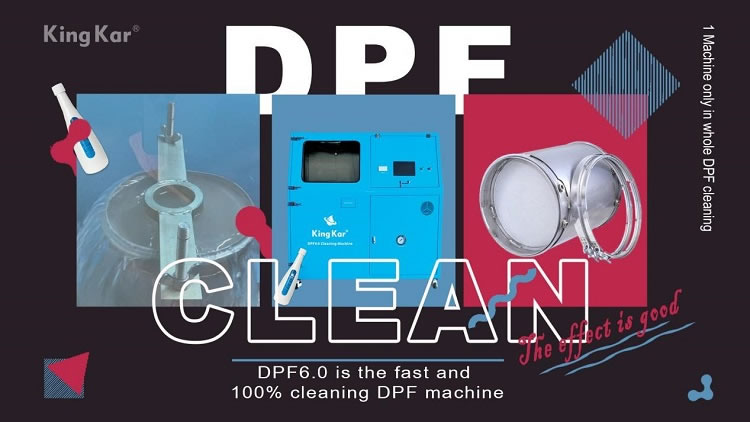Things you need to know about DPF
WHAT IS A DPF?
A diesel particulate filter (DPF) is a device that sits in the exhaust system, it “captures” soot/diesel particulate and other nasty particles so they are not released into the atmosphere. A diesel particulate filter can remove upwards of 85% of the particles from the exhaust, reducing harmful emissions.
The DPF physically captures the soot and ash particles in a net or mesh-like structure within the filter.
DOES MY VEHICLE HAVE A DPF FITTED?
UK emissions standards for cars effectively required the fitment of a DPF in the exhaust of diesel cars in 2009 when the ‘Euro 5′ standard came into force. Many cars before this time already had one fitted in anticipation of this requirement but it’s generally accepted that very few diesel cars manufactured before 2006 had a diesel particulate filter fitted.
If you are in any doubt, the unit should be visible if you have it under the vehicle. They are normally located at the front of the exhaust system. If you’re not mechanically minded then it may be beneficial to take along a mechanic if you are looking to buy a car but are keen to avoid having a DPF.
WHAT DOES THE DPF WARNING LIGHT ON MY DASH MEAN?
The DPF warning light displayed on the dashboard indicates that the filter is not working correctly or is in need of maintenance/regeneration. Sensors within the device or the exhaust monitor the back pressure and temperature of the system to ensure it’s working correctly. When the readings from these sensors are outside a preprogrammed limit this will trigger the warning.
Once activated, the light should trigger a regeneration of the filter or could indicate that the device is faulty and in need of replacement or repair.
DPF REGENERATION / CLEANING
There are two different types of DPF regeneration that are commonly used. These are active and passive. Ever your car uses you’ll still have to meet some strict conditions in order for the regeneration to start. It’s usually a combination of engine temperature, speed, and RPM. A rule of thumb is that the engine needs to have reached normal operating temperature, you’re traveling at more than 40MPH, and the RPM (revs) of your engine is at least 2500 RPM. Depending on how blocked or effective your regeneration is will determine how long it needs to be performed.
DPF Regen Conditions
Engine at normal operating temperature
At least 40MPH
At least 2500RPM
Fingers crossed!
Below is an explanation of the different types of regeneration.
ACTIVE REGENERATION
Active regeneration of the DPF is performed by the ECU triggering a post-combustion fuel injection. This increases the temperature in DPF, burning off the soot and particles that build up in the filter. This type of regeneration can cause higher than normal fuel usage.
PASSIVE REGENERATION
Passive DPF regeneration takes place automatically on motorway-type runs when the exhaust temperature is high. Many manufacturers have moved to use active regeneration as many motorists do not often drive prolonged distances at motorway speeds. Passive regeneration often uses a DPF additive (see below).
FORCED REGENERATION
Forced regeneration is a way of cleaning the DPF using a maintenance process that has been built in by the vehicle manufacturer. This process can only be started by either a main dealer/mechanic with the right tools and access to the vehicle’s management systems. This process usually involves kicking off a DPF clean cycle in the workshop which runs the car at a high RPM for a considerable period of time. The ECU ensures that this cycle heats up the DPF filter to an extreme temperature, burning off the contents of the filter. In some cases, the ECU injects fuel into the post-combustion process to achieve these temperatures. In most cases, the engine oil will need to be changed as the vehicle will literally “cook” the lubricant.
DPF CLEANING
DPF cleaning is a manual process that removes the soot and diesel particulates from the filter. DPF cleaning is achieved using by utilizing ultrasonic cleaning technology in combination with specialist chemicals. This process removes all traces of particulate, returning it back to near-new condition.
KINGKAR DPF cleaning machine, 60 mins 100% clean. Clean the DPF without damaging it. KingKar’s unique wage purging can make sure 100% cleaning efficiency, a fully automatic cleaning process, and very easy operation.
If you want to know more about the DPF cleaning machines, Welcome to contact us!

